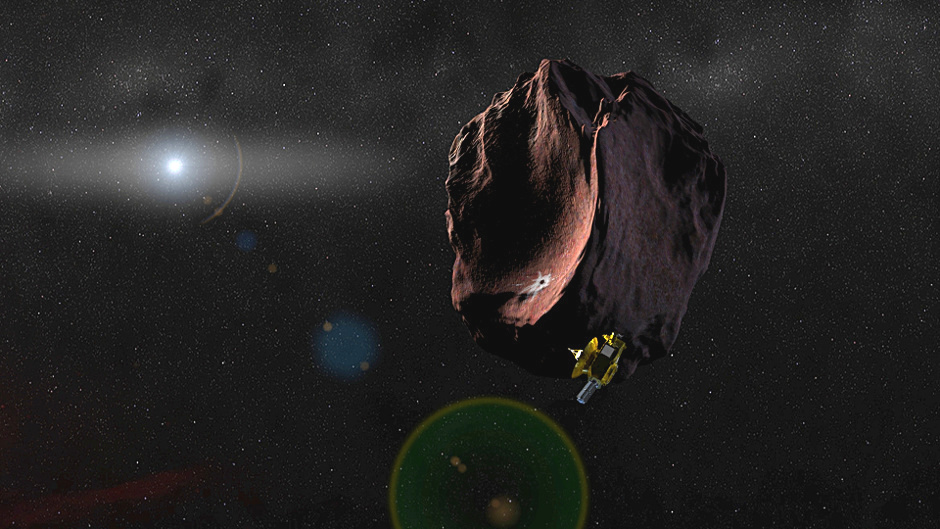
After having completed a wildly successful flyby of Pluto and its moons, the New Horizons spacecraft was given a new target, much farther out in the Kuiper Belt, a smaller space rock called 2014 MU69. Starting on Oct. 22, New Horizons was instructed to perform the first of four targeting maneuvers, which would be needed to guide the spacecraft toward its destination. Now, the fourth maneuver has been successfully completed, putting New Horizons firmly on the path for a January 2019 rendezvous with 2014 MU69.
“This is another milestone in the life of an already successful mission that’s returning exciting new data every day,” said Curt Niebur, New Horizons program scientist at NASA Headquarters in Washington. “These course adjustments preserve the option of studying an even more distant object in the future, as New Horizons continues its remarkable journey.”
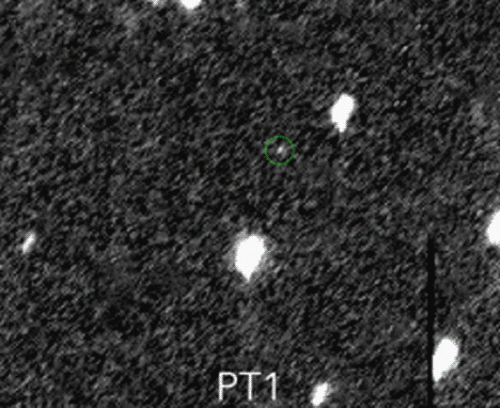
The fourth maneuver was started at approximately 1:15 p.m. EST on Wednesday, Nov. 4, and continued for just under 20 minutes. Being the final such maneuver, it was critical for it to succeed, and it did. The mission team started receiving the data from the spacecraft just before 7 p.m. EST on Wednesday, indicating that the maneuver was completed as planned. New Horizons was actually “pushed sideways” more than just speeding up or slowing down, with a 128 mile per hour (57 meter per second) nudge as it were, and was now on its way to its next destination in the Kuiper Belt; if it arrives as intended, 2014 MU69 will be the farthest body in the Solar System ever visited by a spacecraft from Earth. These engine burn maneuvers were the longest and largest of the mission so far and were carried out in a succession faster than any sequence of previous engine burns for the spacecraft. “The performance of each maneuver was spot on,” said APL’s Gabe Rogers, who is the New Horizons systems engineer and guidance and control lead.
By doing these maneuvers, the mission team corrected a disparity of 3,500,000 miles between its original trajectory and 2014 MU69. The total correction needed was split between the four engine burns, each lasting about 25 minutes. All four burns could actually have been done at once, but mission engineers didn’t want to take the risk of something going wrong. “When you open up the thrusters like that there is always the risk that something will break,” said Frederic Pelletier. “We didn’t want to risk anything going wrong on board.” Telemetry data was sent back to Earth between each burn, which was then independently checked by other mission navigators to see how accurate the course corrections were. “We allowed more time between three and four to be able to assess the performance and readjust as necessary,” said Pelletier. As it turned out, the first three course corrections were so precise, the parameters for the fourth didn’t need to be adjusted any more. “This is quite amazing,” Pelletier said. More corrections may be needed between summer and winter 2016 however, based on observations from the Hubble Space Telescope.
This extended still needs to be approved, but the mission team is confident and will submit a formal proposal to NASA in early 2016.
According to New Horizons Principal Investigator Alan Stern: “2014 MU69 is a great choice because it is just the kind of ancient KBO, formed where it orbits now, that the Decadal Survey desired us to fly by. Moreover, this KBO costs less fuel to reach (than other candidate targets), leaving more fuel for the flyby, for ancillary science, and greater fuel reserves to protect against the unforeseen.”
“Even as the New Horizon’s spacecraft speeds away from Pluto out into the Kuiper Belt, and the data from the exciting encounter with this new world is being streamed back to Earth, we are looking outward to the next destination for this intrepid explorer,” said John Grunsfeld, chief of the NASA Science Mission Directorate in Washington. “While discussions whether to approve this extended mission will take place in the larger context of the planetary science portfolio, we expect it to be much less expensive than the prime mission while still providing new and exciting science.”
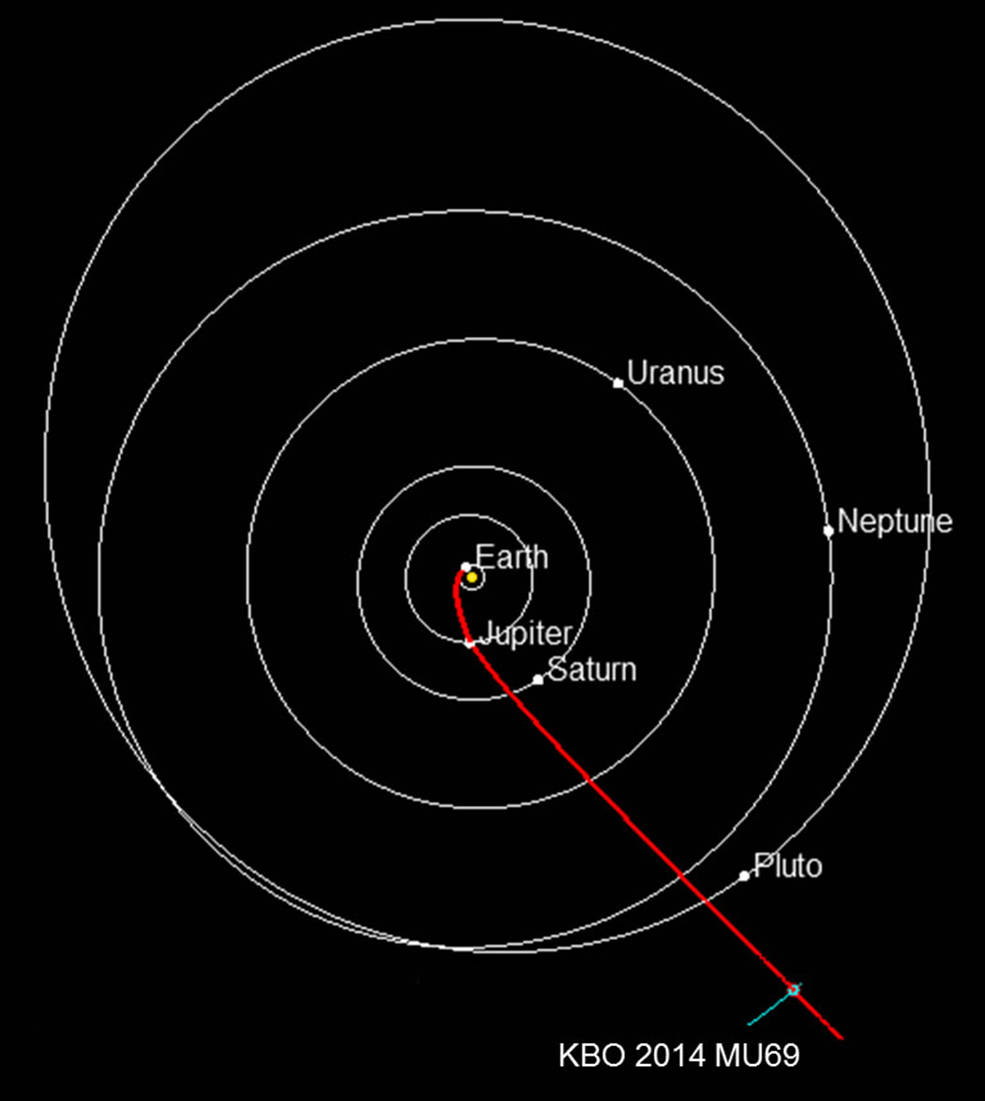
Smaller Kuiper Belt Objects (KBOs) like 2014 MU69 are thought to be ancient remnants of the rocky building blocks which formed larger bodies like Pluto billions of years ago. They are primordial leftovers from the formation of the early Solar System, much like comets and asteroids. They could provide valuable clues as to how dwarf planets like Pluto and others formed, as well as other larger planets in the Solar System.
“New Horizons is healthy and now on course to make the first exploration of a building block of small planets like Pluto, and we’re excited to propose its exploration to NASA,” said New Horizons Principal Investigator Alan Stern of the Southwest Research Institute (SwRI), Boulder, Colo.
As of now, New Horizons is 895 million miles (1.44 billion kilometers) from MU69, so there is still a long ways to go. The spacecraft is scheduled to reach 2014 MU69 on Jan. 1, 2019.
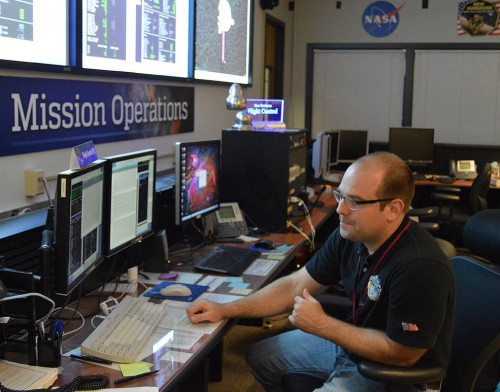
The task of sending New Horizons even deeper into the Kuiper Belt is not an easy task. As noted by Pelletier, who is in charge of doing just that, “It involves a lot of things, like Newtonian equations to understand the orbits of both MU69 and New Horizons, to determine their position at encounter time.” The spacecraft is still so far away from 2014 MU69 that engineers need to rely on calculations of velocity and trajectory derived from Earth-orbiting telescopes and radio tracking to steer the spacecraft closer to its target. Once it is closer, a few months out from rendezvous, they can start using images from the spacecraft itself instead. “We’re using astronomy from the Hubble Space Telescope to determine where the asteroid is,” said Pelletier. Meanwhile, background stars can also be used to figure out how fast 2014 MU69 is moving, and in what direction.
The mission team also uses radio to communicate between the spacecraft and antennas on Earth. These antennas, called the Deep Space Network (DSN), are used to triangulate the position of New Horizons relative to the Earth and Sun. “We have a very good understanding of where New Horizons is, especially after Pluto,” said Pelletier.
In late 2018, New Horizons should be able to see 2014 MU69 with its own cameras. At that time, those observations will be combined with those from Hubble to produce a stereoscopic view of this tiny world. “Think of it as we are looking at it from Earth right now, that’s one eye,” Pelletier said. “With New Horizons’ view in 2018, we’ll get the second eye and we will know much better where this thing truly is.” Then in January 2019, if all goes well, we will have the first close-up views of 2014 MU69, and get a glimpse of one the primordial “building blocks” of planets and dwarf planets in the early Solar System.
“Although this flyby probably won’t be as dramatic as the exploration of Pluto we just completed,” according to Stern, “it will be a record-setter for the most distant exploration of an object ever made.”
“There’s so much that we can learn from close-up spacecraft observations that we’ll never learn from Earth, as the Pluto flyby demonstrated so spectacularly,” said New Horizons science team member John Spencer, also of the Southwest Research Institute (SwRI) in Boulder, Colo. “The detailed images and other data that New Horizons could obtain from a KBO flyby will revolutionize our understanding of the Kuiper Belt and KBOs.”
New Horizons is part of NASA’s New Frontiers Program, managed by the agency’s Marshall Space Flight Center in Huntsville, Ala. The Johns Hopkins University Applied Physics Laboratory, Laurel, Md., designed, built, and operates the New Horizons spacecraft and manages the mission for NASA’s Science Mission Directorate. SwRI leads the science mission, payload operations, and encounter science planning.
Follow our New Horizons mission page for regular updates.
Be sure to “Like” AmericaSpace on Facebook and follow us on Twitter: @AmericaSpace
.
Missions » New Horizons »



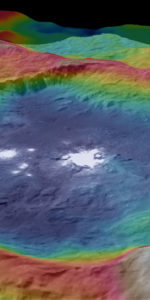
One Comment
One Ping
Pingback:New ‘KEM’ Proposal Would Extend New Horizons Post-Pluto Mission to 2021 « AmericaSpace